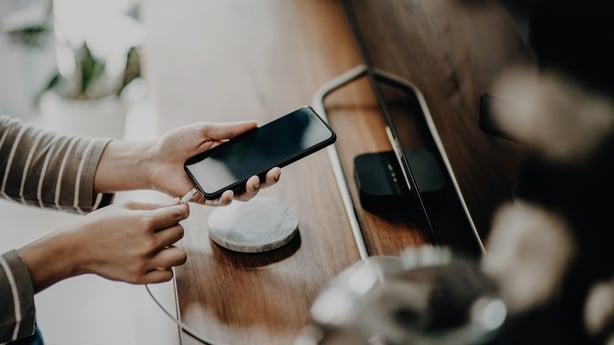Phones have come a long, long way in the last decade or so, with incredible camera advances and giant leaps forward in terms of display quality and processing power.
Still, one thing that hasn’t changed is that many of us still have to be watchful of our battery levels each day, to avoid running out of juice just when we need our phone the most.
If you’re tired of finding your phone dead before each day is up, and you’re hoping to keep things topped up more easily, we’re here to help. These tips should help you extend your battery life, at least by a little.
Use your power saver mode
Both Android and iOS now have a built-in power-saving mode, although different phones will have slightly different names for it. In most cases, though, you’ll find it in your quick settings or control centre menu, with a battery icon that you can toggle on.
If you don’t have that option, heading into your main Settings app and going to the Battery section will also let you turn it on. This mode will limit how much power your phone uses, and ensure that it, for example, turns its display off after a much shorter period of time.
It might mean that apps feel more sluggish, or that your screen’s refresh rate isn’t at its best, but this mode will make your battery last much longer, and is essential if you’re running really low.

Charge more carefully
Millions of us probably all charge our phones the same way – plugging them in when we go to sleep, then unplugging them in the morning. While this isn’t criminally bad, it’s not necessarily the best way to charge where battery performance is concerned.
Lithium-ion batteries, which the overwhelming majority of phones use, actually degrade more quickly if they’re regularly charged to their absolute maximum and then drained to completely empty. A much healthier situation for them is if they bounce between being nearly empty and nearly full – so you don’t want to leave them on fully charged for too long.
iPhones and many Android phones now have charging smarts built-in to alleviate this problem by pausing charging until just before you get up, but you can help this by charging more consciously – for example, at your desk while you work in the morning, rather than overnight.
Think about what you’re doing on your phone
It might seem obvious, but sometimes it’s worth underlining the basics. Your phone’s battery will go down more quickly when you make it do intensive tasks. A little web browsing or social media scrolling isn’t too heavy, but if you’re playing graphically-demanding games on the go, or streaming Netflix over 5G for two hours every day on the commute, it’ll have a much bigger impact on your battery life.
Ways to avoid this include, for example, pre-downloading videos you want to watch over Wi-Fi so that your phone doesn’t have to stream them. If you're in a pinch, avoiding these apps or games entirely will make a difference.

Lower your brightness
When you tot up what makes your phone’s battery drain, and think about what it has to power, one of the most eye-catching factors is the phone’s display. In the touch-screen era, this is the heart of any phone, but it requires a lot of power to run.
One of the easiest ways to mitigate that is to lower your brightness a lot – having your phone on the maximum brightness might make things look nicest and make videos easiest to watch, but it has a real knock-on effect on your battery. Reducing this will make a difference, even if it isn’t one you’ll be able to measure in percentages, necessarily.
Get a replacement battery
It can be an expensive step, but if you’re following all the above advice and more, but you still find that your phone battery drains way more quickly than you’d like, it might be time for a replacement.
After a few years, most phones will no longer hold their original capacity, after all, since batteries degrade over time, and the only way to revert this is with a new one. On iPhone you can check in on this by heading to Settings, then Battery and tapping on Battery Health. Here you can see your phone’s maximum capacity and how its battery is holding up.
This might give you the prompt to get a battery replacement – while that’s sometimes pricey, it’s often cheaper than getting an entirely new phone.
